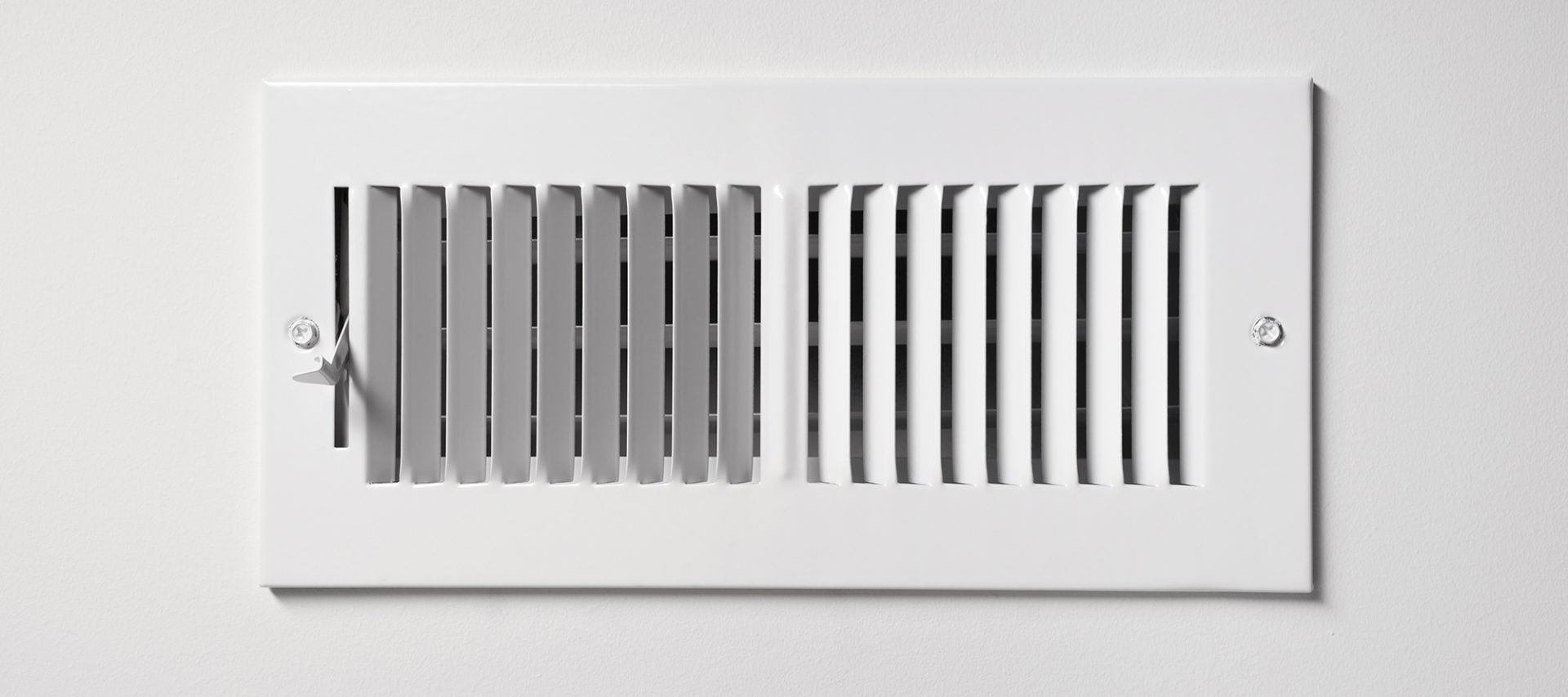

As Omicron rages, institutions have floundered to figure out what could be a commensurate response to spiking case loads. The threat is both more and less serious than ever before — spreading faster, but with less severe illness, and through a population significantly more immunized against serious disease. But instead of tailoring their responses, many organizations, especially schools, have reacted as though there were only one response dial, labeled “I am taking this seriously,” and turned it to 11.
Chicago’s public schools shut down completely at the beginning of January. Many colleges began the spring semester virtual-only, with only tentative dates for returning to class. Yale banned its students from visiting local restaurants through February 7. The students, who were already required to return with a booster shot and remain masked in nearly all circumstances, were prohibited even from eating outside at off-campus joints.
These responses work from a common error: They assume that our safety is proportional to the amount of effort we put in, perhaps even proportional to how much we’re willing to suffer. Throughout the pandemic, many safety precautions have treated Covid as though it were a moralistic slasher villain, visiting punishment on those who enjoy themselves. Back in the low-risk time of May 2021, a quarter of epidemiologists polled by the New York Times were still reluctant to gather outside with friends.
Our response to the novel coronavirus has precedents. Presently, as we find our power to contain Covid limited, many of us assume we just haven’t given up enough — that safety might be found with one further practice of self-denial. But for much of medical history, safety has been sought in the other end of extremism: in one more treatment, no matter how dangerous.
During Philadelphia’s yellow fever epidemic in 1793, there were no real cures available. The “bark and wine” cure relieved suffering somewhat, as patients took cooling baths for fever and alternately drank wine and tea made from the bark of the tree from which we derive quinine. But this treatment lost ground to Dr. Benjamin Rush’s form of “heroic medicine,” in which patients were dosed with emetics — substances that induce vomiting — and submitted to extensive bloodletting, to be repeated until recovery or death.
Dr. Rush’s form of medicine was called “heroic” since he was undaunted by its severity — not to mention its failure as a treatment, though he insisted it worked. Defending his “heroic, or energetic remedies” against the charge that “they are worse than the disease,” Rush wrote that it is indeed necessary for cures to be worse, or “more powerful than the disease, or they cannot overcome it.” He had faith that an aggressive cure must exist, and was willing to bring his patients through a severe — and often fatal — Calvary to reach that salvation.
The belief that intensity of treatment is the path forward was not left behind in the eighteenth century. In 1894, William Halsted published a description of his surgical treatment for breast cancer — later variants of which became known as a radical mastectomy — which consisted of the complete removal of the breast, as well as the nearby lymph nodes and much of the pectoral muscles. It was an age before chemotherapy and full understanding of metastasis. Halsted knew that excision surgeries sometimes failed to arrest cancer’s growth, and hit on a Rush-like approach: The failure must mean that not enough tissue was getting removed.
His tactic saved more lives than earlier, largely futile treatments for breast cancer, but the brutal surgery caused devastating complications: The removal of lymph nodes resulted in massive swelling in patients’ arms, and many lost the use of their arms because of the enormous amount of muscle removed. It took more than eighty years for more restrained approaches to gain ground, and this change depended partially on the work of feminist advocates as well as clinical trials. The extremity of the surgery represented a “better safe than sorry” approach.
Even as Halsted’s methods were abandoned, we held on to the idea of disease as battle. The stories we tell about medicine imply that outcomes depend on the physical and moral strength of the doctor and patient. Cancer patients’ treatments are still frequently framed as a war, which may make patients reluctant to choose milder treatments over harsh chemotherapy. Abandoning the heavy artillery feels like conceding the fight.
No one, patient or practitioner, is too much to blame for struggling with these tradeoffs. In ordinary times, we take for granted the near-magical disproportionality of medical interventions. Many of the most powerful methods are nearly invisible to us: My baby’s risk of spina bifida is warded off with a pill the size of her second-trimester palm; the benefits of treated water accrue without experiencing any of the trouble of hauling or boiling it. The victories of public health infrastructure disappear into the background of everyday life.
Covid has the potential to usher in another quiet revolution: Air filtration installed to scrub virus from the air can improve air quality long after the threat of the pandemic has faded. Just as cases rose in Wuhan, Matt Yglesias argued that improved air quality in schools might be the cheapest change we could make to improve education.
A quietly whirring fan and filter feels too small to have the potential impact of cram sessions, technology upgrades, or extended hours. But there is no iron law that demands breakthroughs be costly, morally or financially.
If we can’t give thanks and attention to the wonderful disproportionality of medicine and public health, we will keep on making mistakes. We will neglect our highest-value interventions, not because they ask too much of us, but because we cannot believe they demand so little.
Exhausted by science and tech debates that go nowhere?